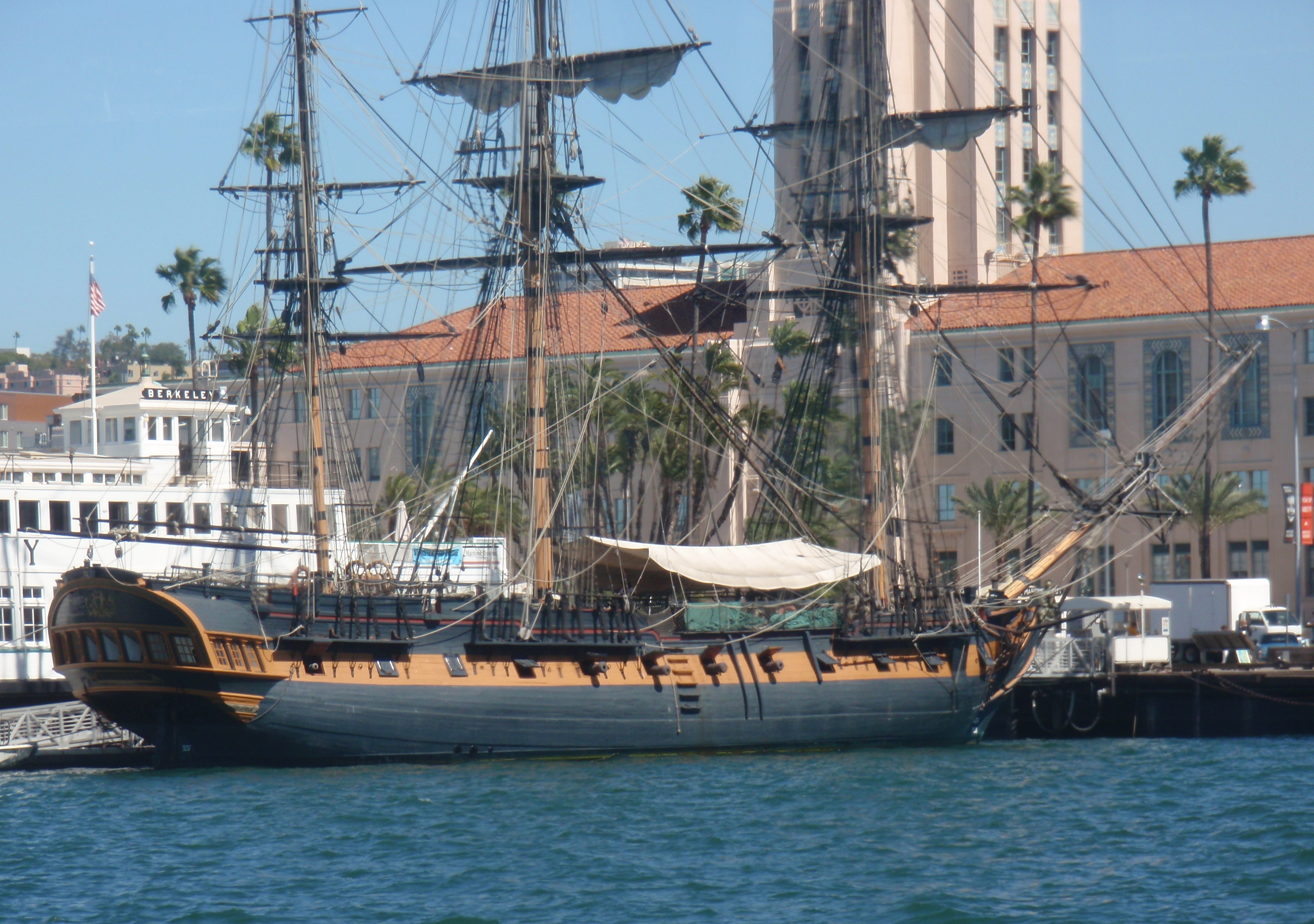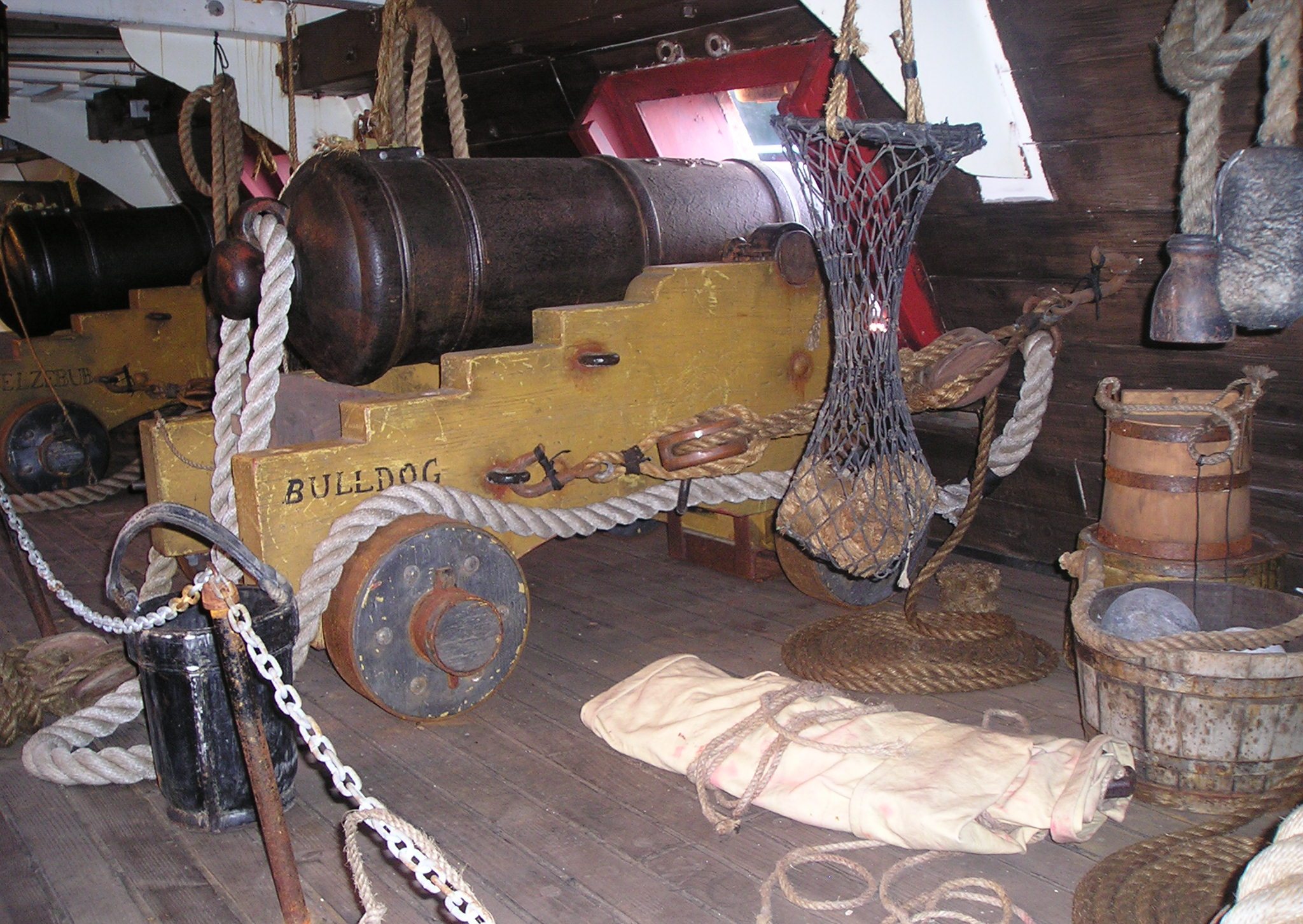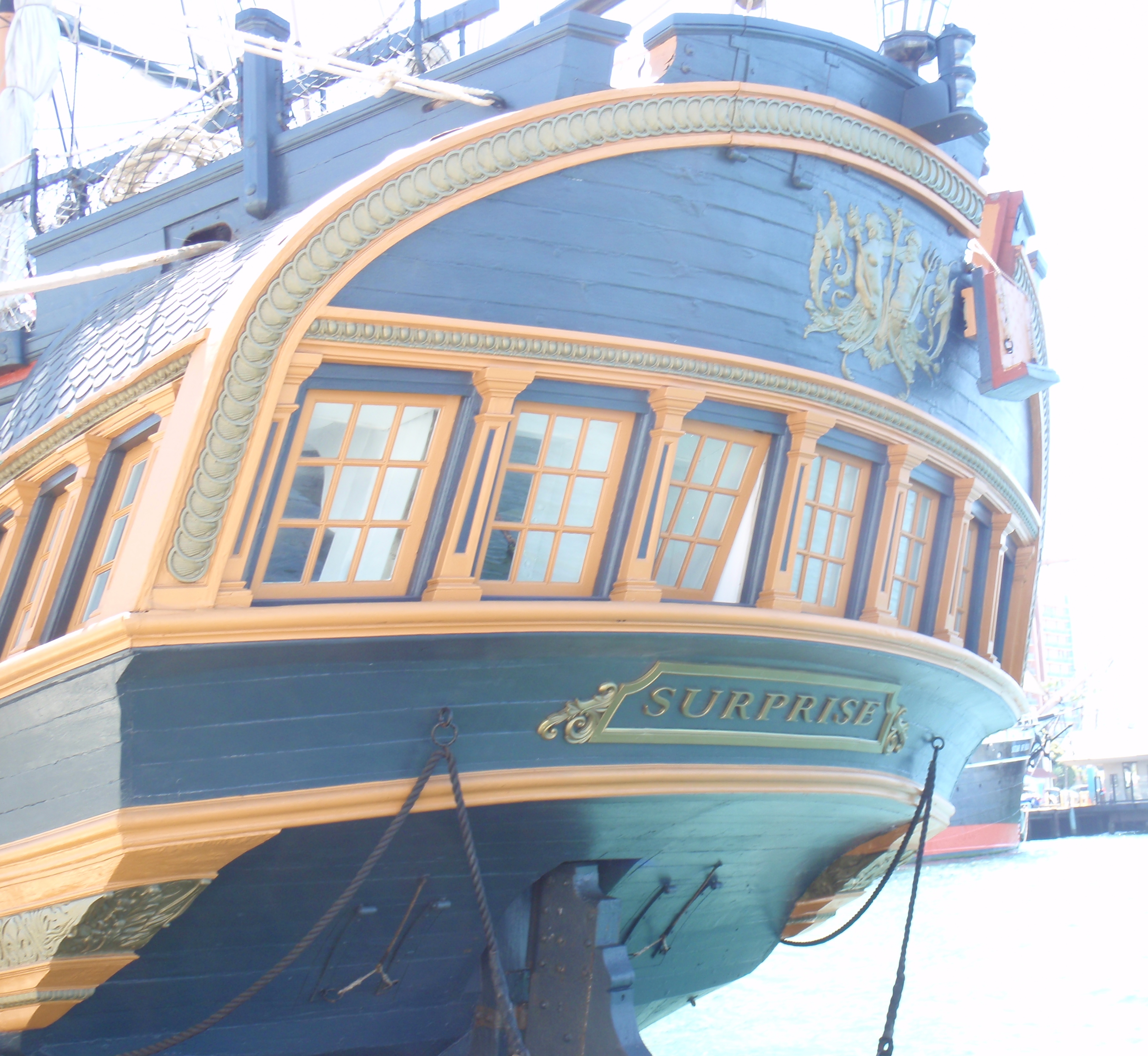
Blockbuster movies of today, swashbuckling movies of yesteryear, and fantastical books give us a delightful picture of piracy in the Americas several hundred years ago.
The reality isn’t as flashy yet is more interesting and far more fun to read.
My first introduction to this concept was several years ago in an article by Prof. Mark Hanna in the Winter 2017 edition of Humanities magazine published by the National Endowment for the Humanities. Article titled A lot of What Is Known About Pirates Is Not True, and a Lot of What is True Is Not Known / The pirate next door
In popular lore, pirates of the 1600s and 1700s are anti-social anarchists, rebelling against governments, wearing colorful clothing, and speaking oddly. In contrast, the professor found in his research there were a huge number of pirates in the American colonies who were otherwise average neighbors who went to sea, plundered some, then returned home to enjoy an otherwise normal life.
He found a lot of pirates in the early colonies and a lot of support from neighbors, friends, and relatives for those accused of piracy. He found the colorful legend of popular movies and books was only in place for about a decade, from 1716 through 1726.
His description is that piracy was a phase that some people went through. Part of the reason is that we humans are not designed to live on the sea.
All sailors, pirates included, need places to reprovision, repair their ships, recrew, sell their stuff, and rest up between raids. Also, they need some place to drink all the booze they can find for days on end and finally, um, enjoy female companionship.
As the article says, one cannot well enjoy a bag of silver and gold in the middle of the ocean.
Ancient financial history, especially of the pirate era, is not what I have been led to believe.
The professor has written a full length book which I may read soon. If so, I’ll report on the fun stuff I find.

Finally read a delightful book which gives details busting the silly stereotypes.
Eric Jay Dolin provides us more accurate descriptions of the life of pirates in Black Flags, Blue Waters: The Epic History of America’s Most Notorious Pirates.
I will summarize a few of the details in the book which I found fascinating. This series of posts will give some background on how pirates were not always despised but instead accepted as respectable members of society.
Several posts will focus on the glimpses of the economics of piracy which are visible in the book. It is not at all surprising that the pirates from the late 1600s until the mid-1720s did not keep detailed financial records. They don’t have detailed journals we can scour centuries later.
Still there are fascinating tidbits we can look at to get a glimpse of the times.
After all, the point of this blog is to glance into ancient finances and gather what few tidbits we can find.
